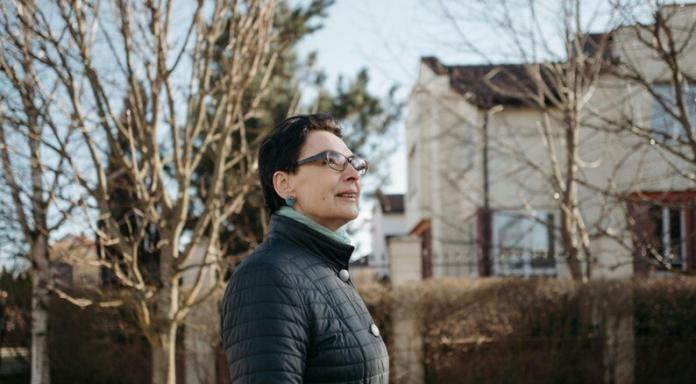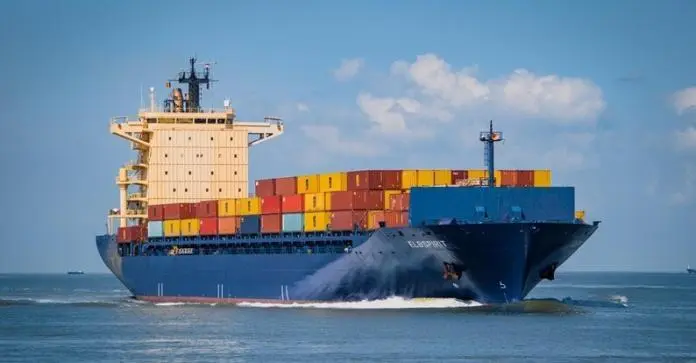Every time you take the wheel, others are involved. The road is shared with passengers, other drivers, cyclists, and walkers. One safe choice can make a difference. Slowing down, using signals, or keeping distance helps prevent harm.
In this article, we explain how these small choices spread out. Responsible driving does more than keep you safe because it benefits everyone.
The Immediate Circle: Passengers and Other Road Users
The first group affected by your driving is always the closest one. This circle includes the people riding with you, the drivers sharing the road, and those who move without the protection of a car.
Passengers
Anyone who sits in your vehicle is putting trust in you. They have no control over the pedals or the wheel, yet their safety is tied to every choice you make. Maybe it’s your children in the back seat, a friend catching a ride to work, or a coworker on the way to a meeting.
For them, small habits matter. Keeping a safe distance, slowing down before traffic builds, and staying alert may seem ordinary, but these simple actions are often the reason nothing bad happens. It is easy to forget that the absence of an accident is the result of steady care.
Other Drivers
Driving is not a solo act. Every move you make forces someone else to respond. Use a turn signal too late, and another driver has less time to react. Follow too closely, and a sudden stop can lead to a chain collision.
On the other hand, giving space, holding a steady pace, and signaling clearly set the tone for safe travel. Courtesy on the road is quiet. Nobody claps when you let a car merge or when you wait instead of rushing through a yellow light, but these decisions lower risk for everyone.
Vulnerable Road Users
People on foot, on bikes, or on motorcycles take the biggest risk. They don’t have seatbelts, airbags, or a frame around them. A crosswalk helps only when cars stop. A bike lane means little if a driver drifts too close. Motorcycles slip into blind spots fast, so one quick move can put them in danger. What would be a dent between two cars can be far worse for them. That’s why slowing down, or checking twice, matters more than it seems.
Avoiding even a single crash is not just about keeping numbers down. It means someone makes it home for dinner. It means no child has to sit in a hospital bed, and no family has to carry a sudden loss. The circle closest to you is where safe driving begins, but the effect of your choices spreads far beyond it.
The Community Impact: Beyond the Crash
Even without a crash, careless habits ripple out. A driver speeding, braking late, or checking a phone adds pressure to everyone nearby. People get tense. Tempers flare. After a while, neighbors may feel their own streets aren’t safe anymore.
Steady driving helps the opposite way. Fewer sudden moves keep traffic moving. Cars waste less fuel sitting in jams. Trips take less time. And with less stop-and-go, there’s less exhaust in the air. Small choices behind the wheel stack up to a road that feels calmer and cleaner for all.
The Societal Benefits: Economic and Systemic Relief
A crash doesn’t just stop with the people involved. The effects spill out—sirens rushing to the scene, hospitals squeezed even tighter, and families left sorting through bills.
Choosing to drive carefully protects lives and eases the strain on others before problems even appear.
- Emergency Services
One accident can pull in police, paramedics, and firefighters all at once. While they’re stuck handling wreckage on the road, other emergencies wait longer. A fire, a break-in, or someone needing urgent care at home might not get help as fast. Cutting down on crashes keeps those crews free for the calls that matter most.
- Healthcare Systems
Hospitals feel it too. Serious accidents fill up ER beds, draw in surgical teams, and stretch rehab staff thin. That means less time for patients dealing with other problems, like chronic illness or unexpected medical emergencies. Fewer collisions give doctors and nurses a chance to breathe and focus on the people already in their care.
- Economic Costs
Crashes are expensive. Families juggle repair costs, medical bills, and missed work. Businesses lose time, and everyone’s insurance rates edge up. Safer driving means less of that. More money stays in pockets, companies avoid setbacks, and insurance doesn’t climb quite as fast.
Building a Culture of Safety Through Education
Driving safely isn’t automatic. You learn it, you stick with it, and you pass it along.
- New Drivers
Completing a 4-Hour First Time Driver Course ensures you’re not only safe and confident behind the wheel but also contributing to safer roads for everyone. It’s the jump-off point.
- Long-Time Drivers
Old habits creep in, rules get updated. Skim the changes, practice a few defensive moves, and you’ll stay sharp.
- Distractions
Phones, snacks, music knobs—anything that takes eyes or hands off the road is trouble. Skip them and driving gets safer fast.
- Job Training
Companies that run fleets sometimes give safety refreshers. Not just paperwork, these help keep workers and others safe.
- Community Role
Schools and towns run safety campaigns, from posters to talks. A small reminder can reset how people think about the road.
- At Home
Parents and older siblings set the tone. Kids notice who buckles up and who doesn’t. Those examples stick for years.
It’s less about one big lesson and more about keeping safety in view, over and over.
Final Thoughts
Every trip starts with a choice. Will you slow down when the road is slick? Give space when traffic is heavy? Small actions like these can prevent accidents before they start.
Safe driving shields your family, strangers, and neighbors. It also keeps first responders free for emergencies that really can’t wait.
One good decision leads to another. That ripple spreads beyond your car, calming streets, easing commutes, and making communities safer. Your choices matter more than you see.
You may also like to read,










